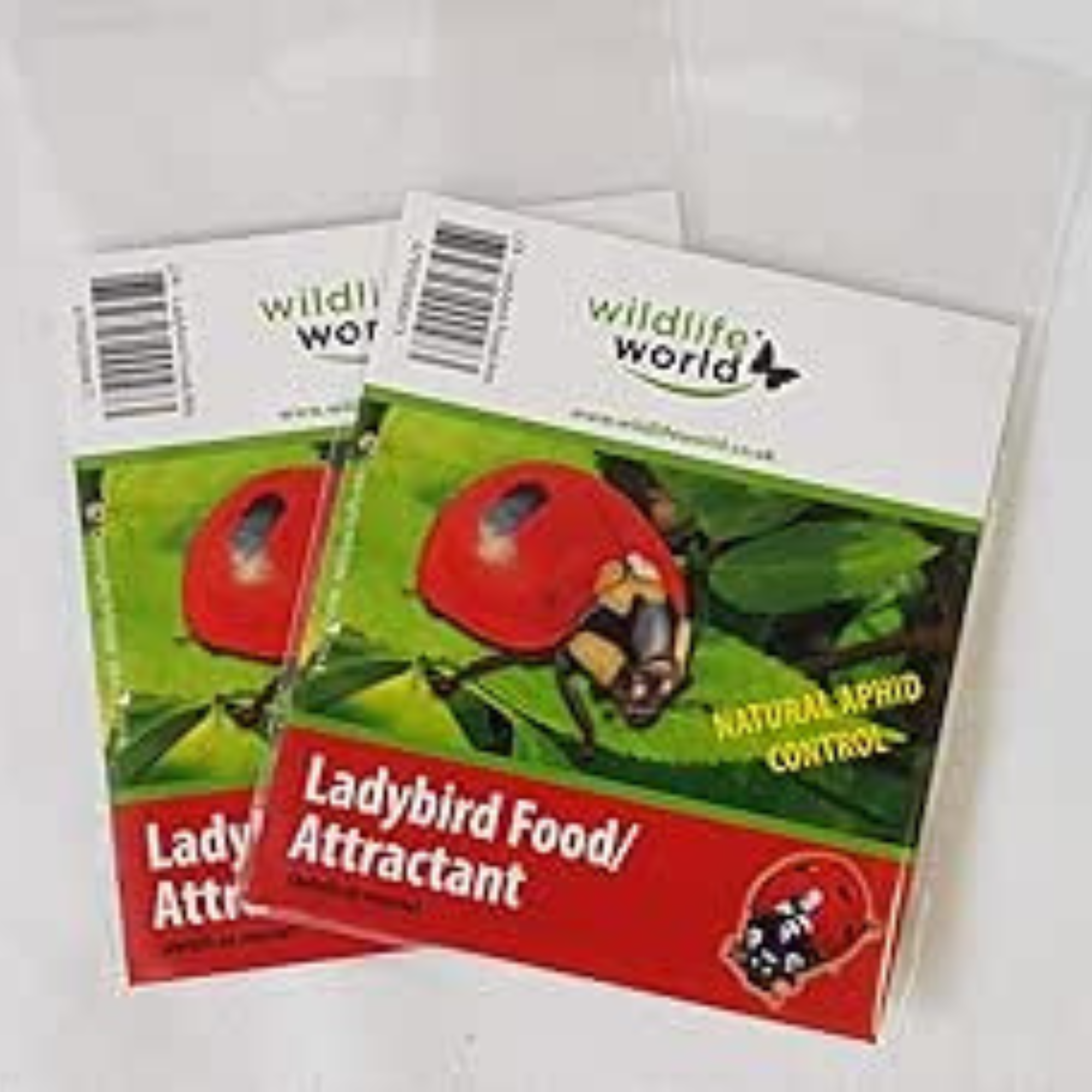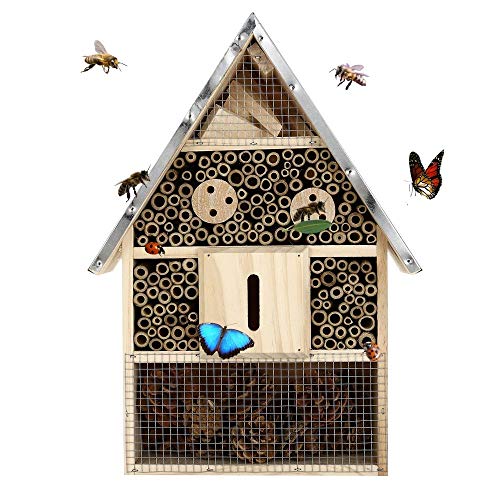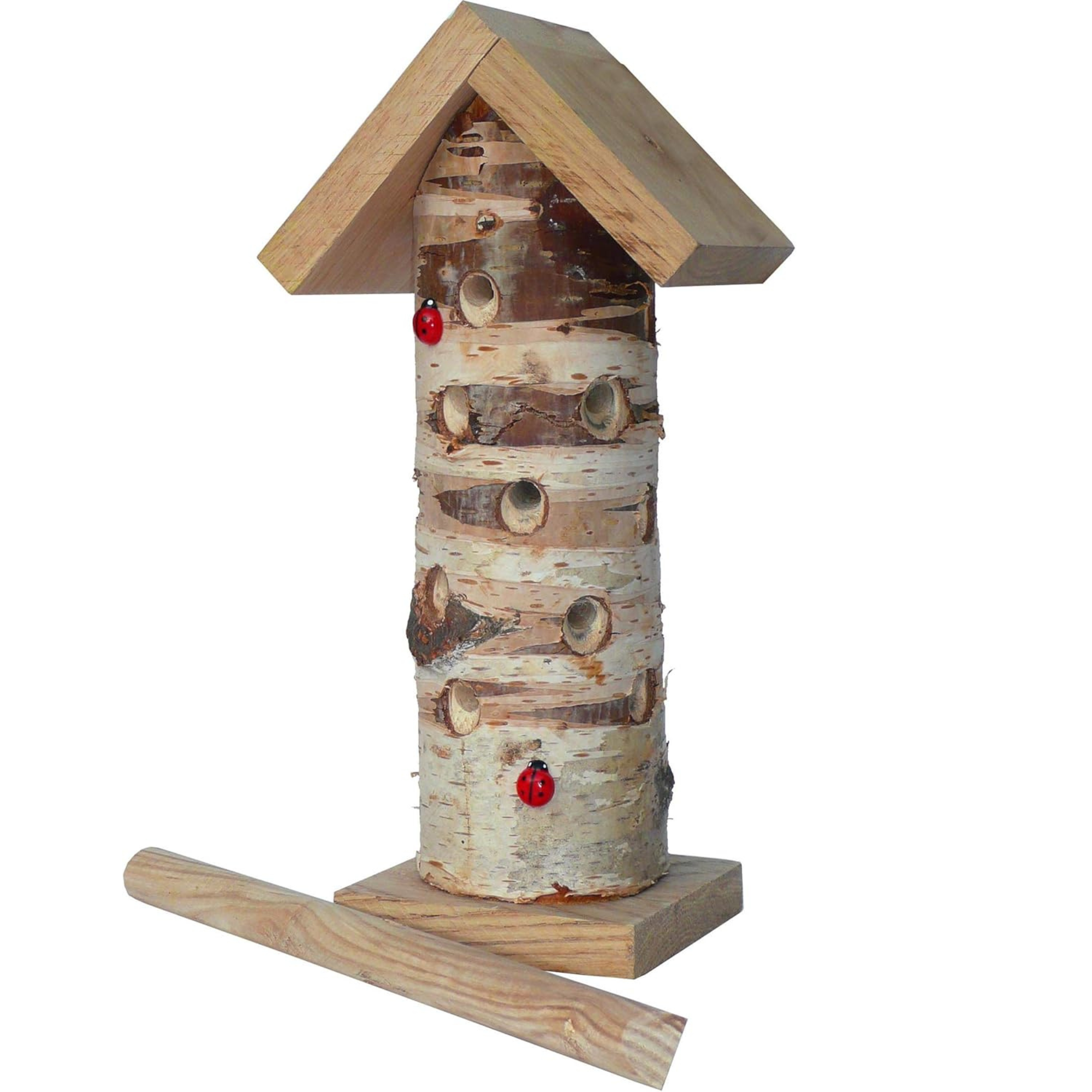Nature's best pest-control will flock to your garden if you plant these 5 gorgeous flowering plants
Ladybirds are a gardener's best friend, so help them feel right at home


Did you know ladybirds are a great natural method of pest control? And if you want this little red bug guarding your plants this summer, experts have revealed the plants they love most.
Ladybirds are a gardener's best friend, which is why you need to know how to attract ladybirds to your garden. They love munching on garden pest plants, such as aphids, and keeping pest populations under control, and they can even pollinate plants.
If you want a flourishing wildlife garden and to let these brilliant bugs feel at home in your garden, experts have revealed the five plants you need to attract ladybirds.
1. Dill and Fennel
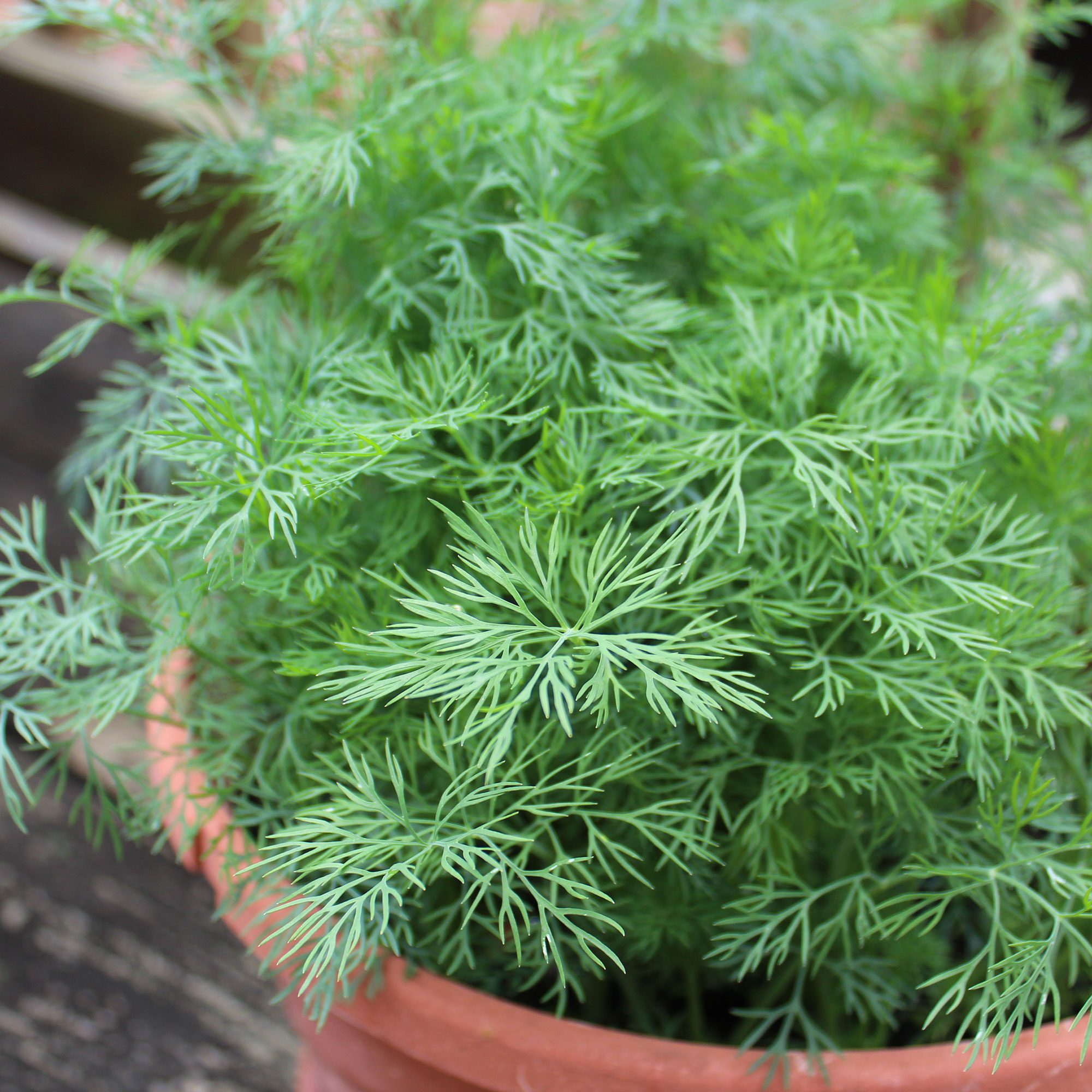
Ladybirds love strong-smelling plants, so having a thriving herb garden is a great place to start. Fennel (£5.99 for a pot at Crocus) and Dill (£2.99 at Amazon) both smell delicious to ladybirds.
‘These plants are fantastic for a couple of reasons. Firstly, they tend to attract aphids, which are a favourite meal for ladybirds. So, by growing these, you’re essentially rolling out the red carpet for ladybirds by making sure there’s plenty for them to eat,’ says Luke Newnes, new build gardening specialist at Hillarys.
‘Secondly, many of these plants, especially herbs like dill and fennel, have clusters of small flowers that offer nectar and pollen. While ladybirds are mainly carnivorous, they will supplement their diet with nectar and pollen, especially in early spring when other food sources might be scarce. The flowers also provide shelter and a safe place for ladybirds to lay their eggs.’
2. Nasturtium
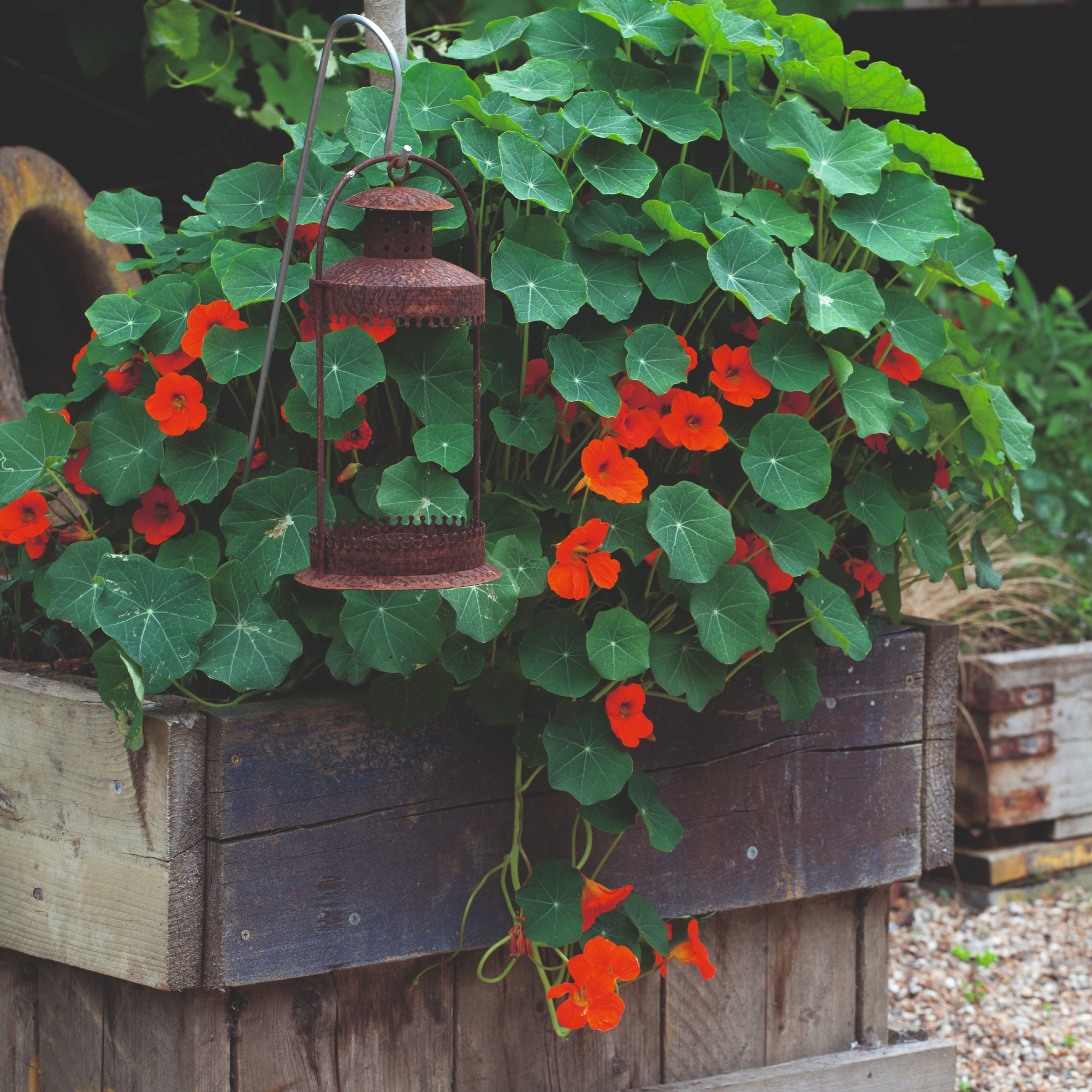
‘As well as attracting ladybirds, nasturtiums act as trap plants to attract aphids away from crops in your garden. Ladybirds will feed on the nectar of nasturtium flowers, and they can also eat the aphids that are attracted to the flowers,’ explains Richard Barker, commercial director of LBS Horticulture.
Sign up to our newsletter for style inspiration, real homes, project and garden advice and shopping know-how
Nasturtium flowers from June to October, but you can sow the seeds right now in a sunny spot (you can get nasturtium seeds for £3.49 at Amazon). This fast-growing plant can start producing flowers in just a couple of months, so you can enjoy these pretty flowers this year.
3. Marigolds
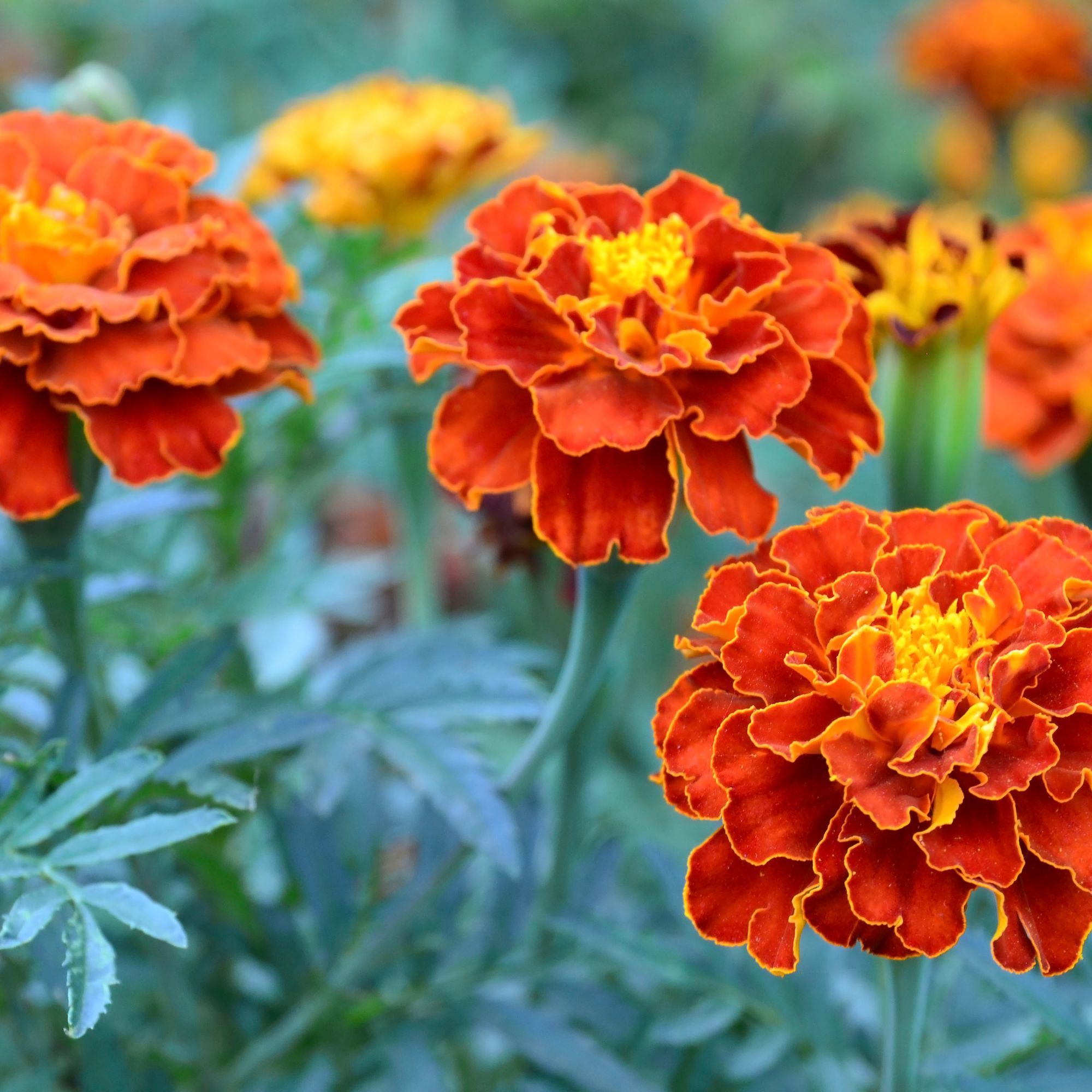
Marigolds are a superhero plant that is renowned for controlling aphids. Not only are their bold red and orange petals beautiful, but this companion plant attracts pollinators and insects that eat bugs to your gardens.
‘Flowers such as marigolds, nasturtiums and yarrow are known to bring in aphids, which might sound bad, but actually helps draw in ladybirds looking for a food source. Interplanting these with your veg or flowers creates a natural pest control cycle that keeps your plants healthier in the long run,’ Nick Wood, horticulture expert from online garden centre Gardening Express.
Marigolds are sown from March to May, but you can buy bedding plants (for example, these £10.99 marigold plants at Robert Dyas) now.
4. Yarrow
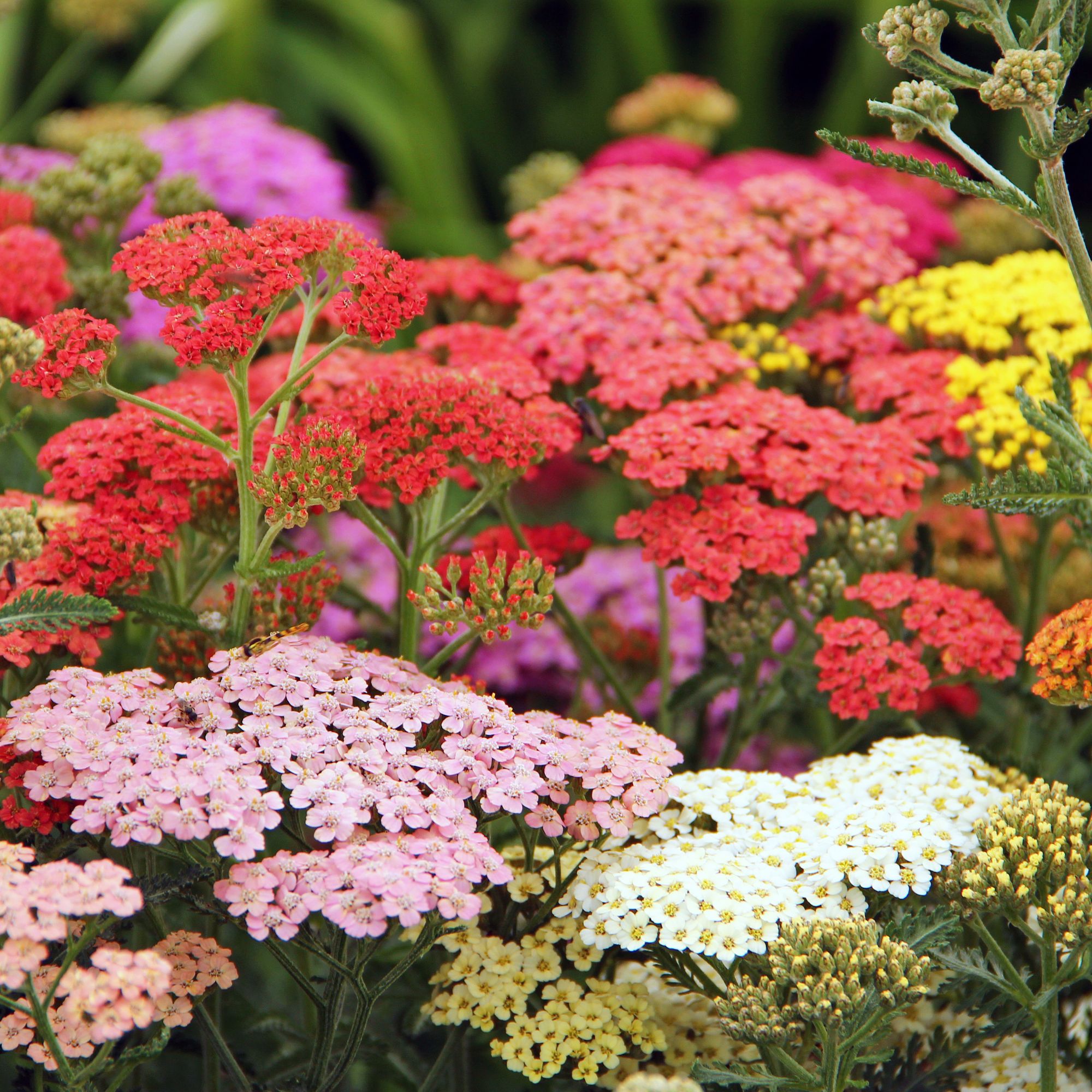
Yarrow is a beautiful, long-lasting perennial that is available in many colours and varieties, making it a great choice for both attracting ladybirds and filling your garden with colour.
These gorgeous flowers are also rich in nectar and have dense petals, meaning they provide great shelter for ladybirds. You can grow yarrow (£2 at Sarah Raven) from seed now.
5. Cosmos
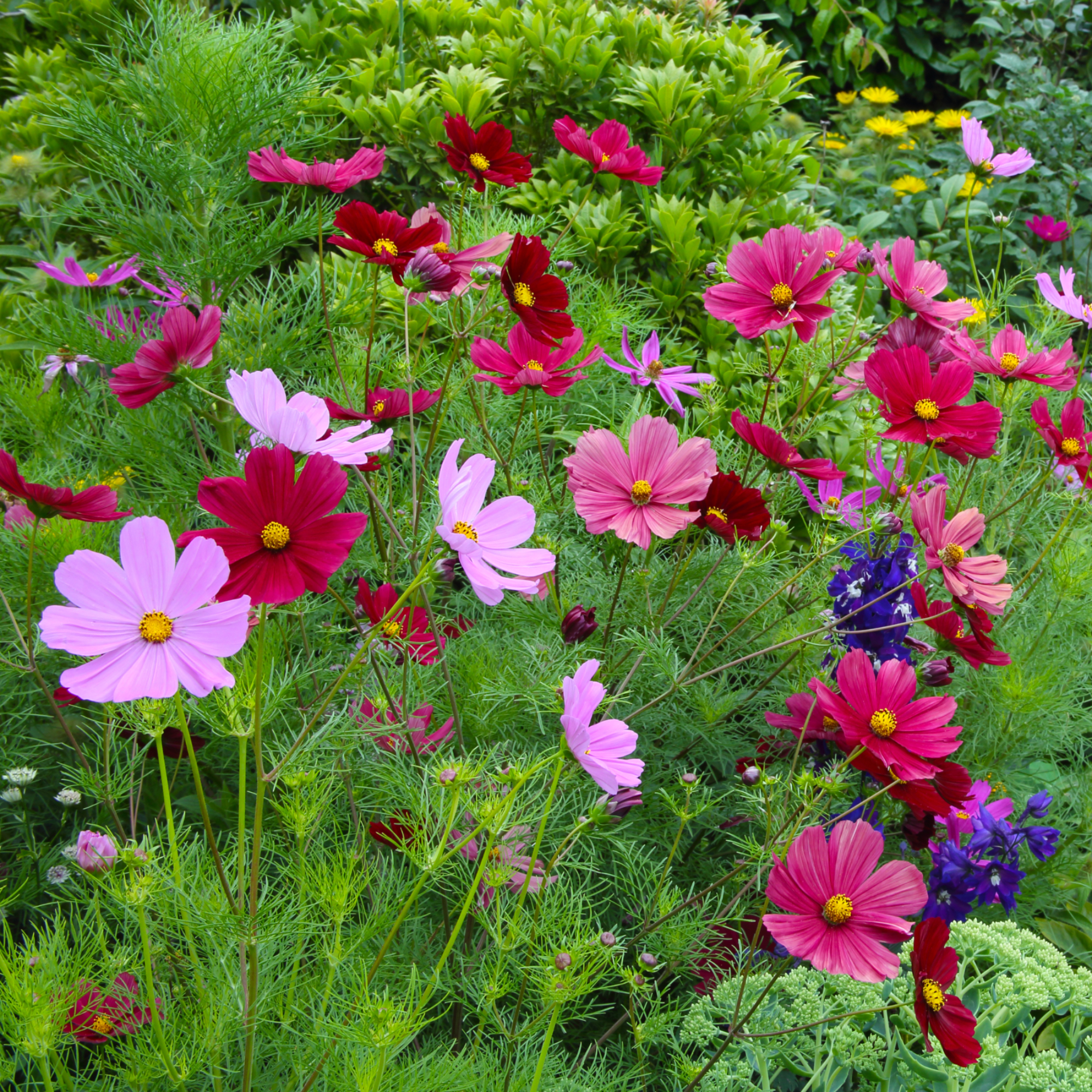
‘Cosmos have an extended blooming period, which can provide ladybirds and their larvae with consistent sources of pollen and nectar over a long period of time,’ says Richard.
Cosmos is a summer-flowering plant which means you need to plant cosmos in early spring. However, if you want to welcome this pretty plant to your garden now, you can purchase a cosmos bedding plant (such as this Apollo Lovesong variety, £14.95 at Sarah Raven)
What you need
You don't have to reply on plants alone, here are some other ways to invite the helpful ladybird into your garden.
Not only will these gorgeous plants fill your garden with colour, they will also attract ladybirds and keep aphids at bay.

Kezia Reynolds joined the Ideal Home team as News Writer in September 2024. After graduating from City, University of London in 2022 with a bachelor’s degree in journalism, Kezia kicked off her career spending two years working on women’s weekly magazines. She is always on the lookout for the latest home news, finding you the best deals and trends - so you don’t miss a thing!
You must confirm your public display name before commenting
Please logout and then login again, you will then be prompted to enter your display name.
